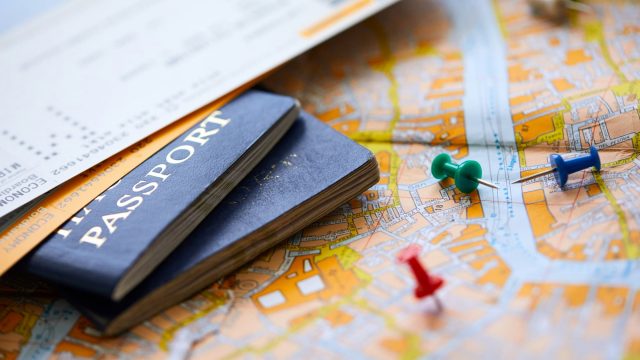Travelling to an exotic, beautiful destination is one of life’s greatest pleasures. The down side is that these locations are usually found at the end of a very long flight, and you usually end up enduring a few days of jet lag when you arrive. That means waking up at horrible hours, insomnia, snacking in the middle of the night, disorientation and more! Have a read of these tips on how to fight jet lag and say goodbye to jet lag on your next trip once and for all…

Before you travel
Trying to sleep in the middle of the day is fairly difficult for most people, so when booking your flight, try to secure an overnight flight wherever possible. It will make it so much easier to sleep and it will follow your current sleeping pattern.
Stop overs are also worth considering, as it will allow you to adjust to the changing time zones in increments and quite simply, break up an extremely long and boring flight, giving you a chance to stretch your legs.
Be sure to get plenty of sleep before you are due to travel; preparation is essential to ensure a stress free start to your trip and if you leave home relatively well rested and relaxed, your flight will be less of an ordeal.
Start to adjust your sleep schedule a few days before you are due to travel. If you are travelling east, try going to bed and getting up slightly earlier and if you are travelling west, aim to go to bed and get up slightly later than normal.
On the plane
As soon as you get on the plane, reset your watch or the clock on your gadgets to the time zone you are travelling to.
The air inside the cabin is incredibly dry and therefore hydration is absolutely essential. To combat this, ensure you drink plenty of water throughout the flight and even after you have landed. Alcohol and caffeine best avoided as they are known to dehydrate you and disrupt sleeping patterns!
Finally, try to get plenty of sleep during your flight. The airplane seat is perhaps the most notoriously uncomfortable bed possible when travelling but there are ways to make it easier to fall asleep. Keep your skin and lips hydrated as they can become dry and itchy, making you uncomfortable. Dress in thin layers to cater to the fluctuating cabin conditions and consider sleep aids such as an eye mask, ear plugs and a neck pillow. That said, Deep Vein Thrombosis is a risk on long haul flights and therefore you should consider setting an alarm or similar to wake you up a few times during the flights so that you can move and walk around during the flight.
When you arrive
Be sure to do plenty of walking around when you arrive to get your circulation flowing. After being cooped up in tight conditions for a good few hours, your body will thank you!
Try to stay awake until an appropriate bed time in your new destination and keep day time naps to a minimum of 30 minutes, so as not to interfere with your night time sleep.
Get plenty of daylight wherever possible too as this will help you to adjust to the new time zone and remember to keep drinking plenty of water.
Extra tips
It is completely down to personal preference, but you might consider giving sleeping medication a miss – it might help you nod off on the flight, but it doesn’t help you establish a new, natural sleeping pattern so can actually be counter-productive!
Armed with these tips, you should be able to enjoy a great start to your holiday, free from the inconveniences of jet lag!






I’ve heard about melatonin, apparently cabin crew members take it quite frequently when working long haul routes!
Thanks for your tips Alex, very helpful.
Use Melatonin, which can be found at health food stores and drug stores. This can help reset your body clock– take it when you’re supposed to sleep, in that time zone.
I’ve found OTC medications to help you sleep are useful on the plane, if you take them a little before when you are supposed to be sleeping in your destination time zone.